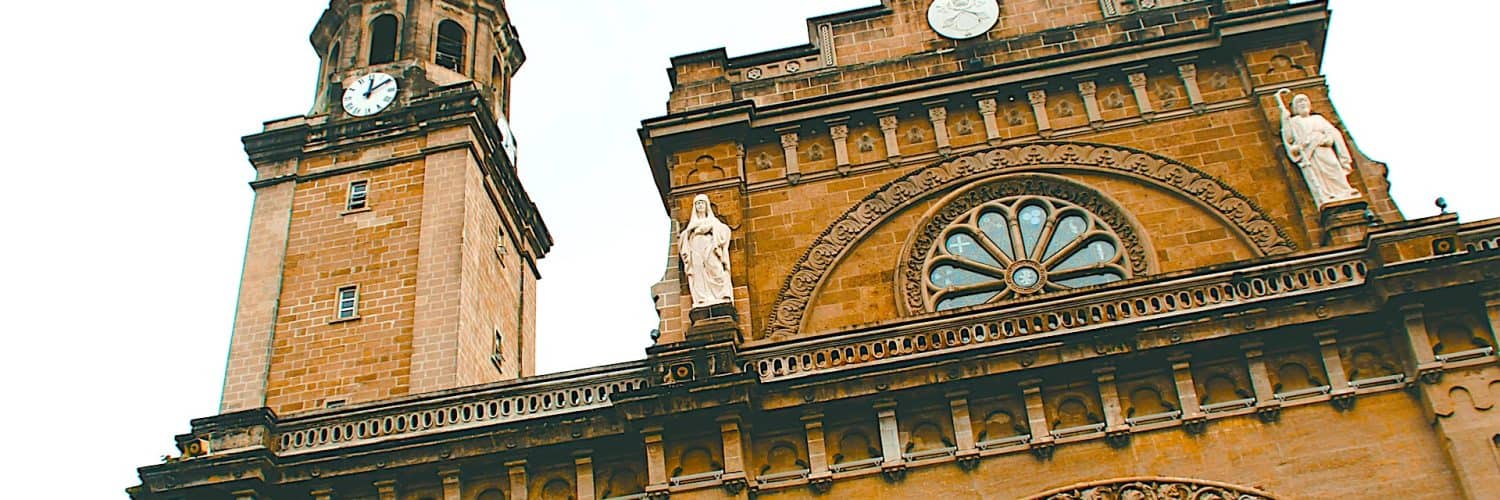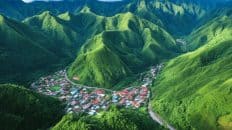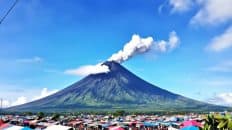Philippines Time: An Exploration of Timekeeping in the Archipelago
Philippines Time
The Philippines, an archipelago of over 7,000 islands, is not just known for its breathtaking beaches, rich biodiversity, and vibrant culture. It also has a unique relationship with time, shaped by its history, geography, and the Filipino way of life. In this article, we will delve deep into the concept of “Philippines Time” and explore its multifaceted dimensions.
1. “Philippines Time” Historical Context
The Philippines’ concept of time has been influenced by its colonial past. Under Spanish rule for over 300 years, the Philippines adopted the Western Gregorian calendar and the 24-hour clock system. However, the indigenous Filipino communities had their own ways of timekeeping, often based on natural phenomena like the position of the sun, moon, and stars.
2. Geographic Influence
Being an archipelago situated near the equator, the Philippines experiences relatively consistent day lengths throughout the year. Sunrise and sunset times don’t vary as drastically as they do in higher latitudes. This geographic consistency has influenced the Filipino perception of time, where days are often divided simply into morning (umaga), noon (tanghali), afternoon (hapon), and night (gabi).
3. Filipino Time: A Cultural Perspective
“Filipino Time” is a colloquial term often used to describe the cultural tendency of Filipinos to arrive a little later than the agreed-upon time. While some view it as a lack of punctuality, others see it as a reflection of the Filipino’s relaxed and unhurried approach to life. It’s essential to understand that this isn’t about disrespecting someone’s time but rather a cultural nuance rooted in the country’s history and way of life.
4. Time in Filipino Festivals
Festivals, or ‘fiestas,’ play a significant role in Filipino culture. These events, often lasting for days, follow their own unique timelines. For instance, the Sinulog Festival in Cebu starts with a dawn procession, while the Pahiyas Festival in Lucban goes on from morning till night, with events scheduled based on local traditions rather than strict clock times.
5. Modern Timekeeping and Globalization
With globalization and the rise of the digital age, the Philippines, like many other countries, has seen a shift towards more rigid timekeeping. Businesses operate on strict schedules, and urban areas, in particular, run on a tight clock. However, in rural areas and among older generations, the traditional, relaxed sense of time persists.
6. Time in Filipino Language and Expressions
The Filipino language, or Tagalog, has various expressions related to time. Phrases like “mamaya” (later) or “sa madaling araw” (at dawn) reflect the country’s nuanced understanding and expression of time. These phrases don’t always have direct English translations, showcasing the unique Filipino perspective on time.
7. The Philippines and Time Zones
The entire archipelago, despite its vastness, follows a single time zone – Philippine Time (PHT), which is UTC+8. This unity in timekeeping, despite the country’s geographic diversity, plays a role in fostering a sense of national identity.
8. Time and Filipino Cuisine
Filipino cuisine, renowned for its flavors and diversity, also follows its own timeline. Meals like ‘merienda’ (snacks between meals) showcase how Filipinos have specific foods designated for particular times of the day, further emphasizing the country’s unique relationship with time.
“Philippines Time” is not just about the ticking of the clock or the changing of dates on a calendar. It’s a reflection of the country’s rich history, its geographic position, and, most importantly, its people’s way of life.
Whether it’s the relaxed pace of “Filipino Time” or the country’s unified time zone, the Philippines offers a unique perspective on time, reminding us that timekeeping is, after all, a human construct and can be as diverse as the cultures that define it.


















Add comment